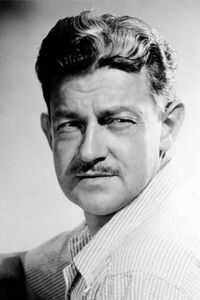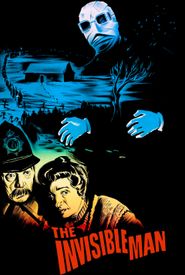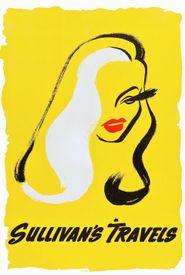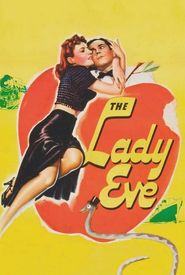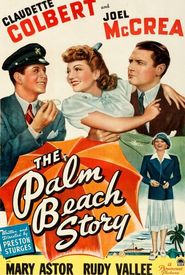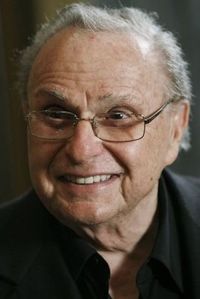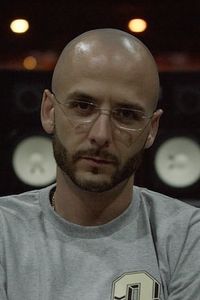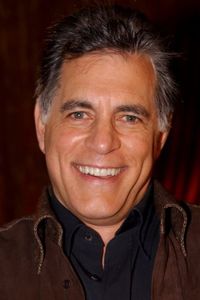Preston Sturges' life is as improbable as the plot twists found in his most celebrated works. Born into a wealthy family, his early life was marked by a unique blend of creativity and entrepreneurship. As a young boy, he assisted his mother's friend, the renowned dancer Isadora Duncan, in her onstage productions. In fact, his mother's company, Maison Desti, was responsible for creating the very scarf that would later strangle Duncan.
During World War I, Sturges served in the U.S. Army Signal Corps, where he likely honed his inventive skills. After the war, he returned to Maison Desti and invented a revolutionary kissproof lipstick, Red-Red Rouge, in 1920. However, his mother's demands for control of the company led to his ousting, and he turned his attention to inventing full-time.
Over the years, Sturges developed a range of innovative products, including a tickertape machine, an intaglio photo-etching process, an automobile, and an airplane. Although these inventions were commercially unsuccessful, they demonstrate his boundless creativity and entrepreneurial spirit.
In the late 1920s, Sturges began writing stories and plays, including his first play, "The Guinea Pig," which he penned while recovering from an appendectomy in 1929. However, his financial struggles as a playwright led him to seek new opportunities in Hollywood in 1932.
Initially, Sturges found success as a screenwriter, but his frustration with the lack of creative control he had over his work led him to pursue directing. Paramount Studios gave him the chance to direct his own script for "The Great McGinty" (1940),and the film's success launched his career as a writer-director.
Over the next four years, Sturges enjoyed a string of hits, which emboldened him to become an independent filmmaker. However, he soon faced a series of commercial failures and developed a reputation as an expensive perfectionist. In the early 1950s, Sturges moved to France, where he made his final film, "The French, They Are a Funny Race" (1955).
Tragically, Sturges' life was cut short when he passed away at the Algonquin Hotel in New York City in 1959. Despite his ups and downs, he left behind a legacy as a pioneering filmmaker and a testament to the power of creativity and perseverance.
